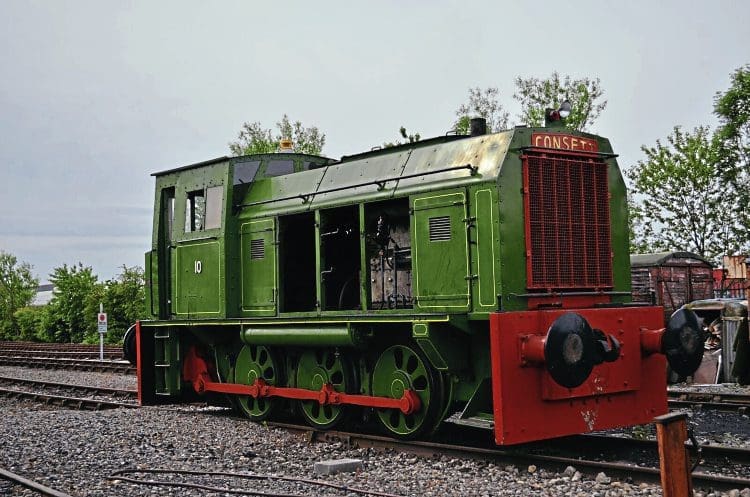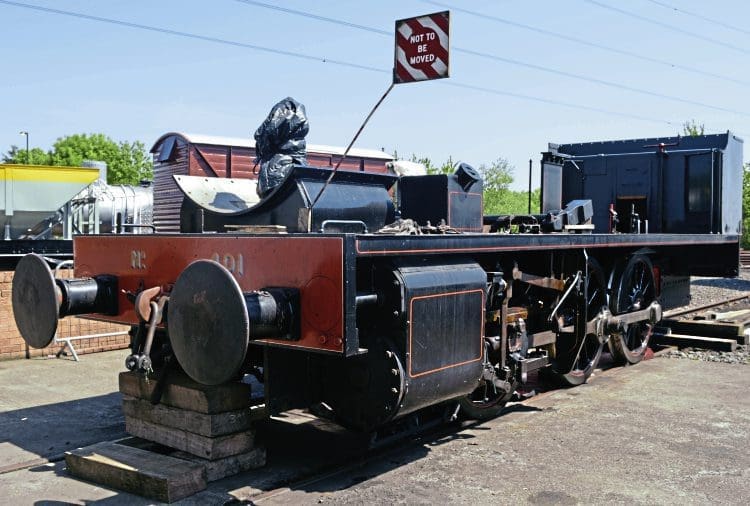Mark Smithers visits the North Tyneside Railway and its associated Stephenson Railway Museum – and finds an interesting attraction in an area that played a vital role in the dawn of the railway.
One of the railway heritage ‘gems’ to be found in the north-east of England is the North Tyneside Steam Railway and its associated Stephenson Railway Museum.

The museum is managed by Tyne & Wear Archives & Museums on behalf of North Tyneside Council, while the railway is run by the North Tyneside Steam Railway Association. The single-track line currently runs between Middle Engine Lane (North Shields) over a two-mile formation to Percy Main.
Situated roughly parallel to a footpath occupying a section of the former Blyth and Tyne Railway, this line celebrates a period of local railway history stretching back to the use of horse-drawn timber waggonways.
Enjoy more Heritage Railway reading in the four-weekly magazine.
Click here to subscribe & save.

The present line owes its existence to the fact that in 1975 a workshop and test track were constructed for testing stock for the Tyneside Metro system, which opened five years later.
The trackbed was later used to create a heritage railway in conjunction with locomotives and rolling stock relocated from the now-defunct Monkwearmouth Station Museum, and steam passenger services began in 1991.
The former workshop became the rear half of the Stephenson Railway Museum.
Museum
The waggonway phase of Tyneside’s railway history is represented in the Stephenson Railway Museum by three conserved fragments of the Willington Waggonway, which were discovered in 2013 during the redevelopment of the Neptune Shipyard at Wallsend.

The excavated section of track is the most complete and best preserved railway of this type anywhere in the world. The Willington line had two further important historical distinctions – namely it was the earliest known railway built to British standard gauge, and part of its formation was later incorporated into the Killingworth Colliery Waggonway upon which George Stephenson conducted his early experiments with steam locomotives.
Read more and view more images in Issue 245 of HR – on sale now!
Advert
 Enjoy more Heritage Railway reading in the four-weekly magazine. Click here to subscribe.
Enjoy more Heritage Railway reading in the four-weekly magazine. Click here to subscribe.




